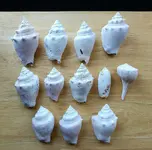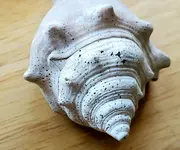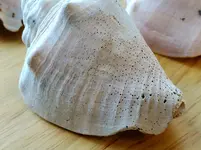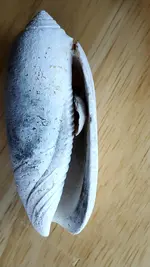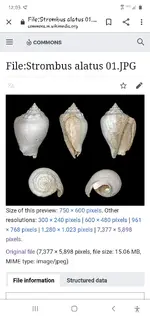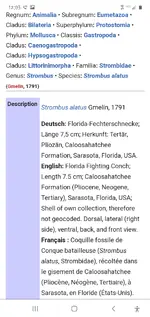It’s almost impossible to tell whether some shells are fossilised or not. Even for an expert. The only reliable indicators are:
- The body of the shell is composed of something which is not calcium carbonate, or is calcium carbonate in a form that’s obviously crystalline, or non-opaque, or has unexpected colouration that goes all the way through to the interior (not just the surface).
- The shell was found in a lithified matrix, and particularly if found at a considerable depth in a sedimentary formation that clearly has overlying strata representing a long time period. Or if the surrounding matrix is a mineral or rock type that doesn’t form in short periods of time.
- The shell was found in close association with other preserved organisms in undisturbed strata and which meet the above criteria, and particularly if those other organisms can be identified as palaeologically extinct.
- The shell itself can be identified as from an organism which is palaeologically extinct.
In addition, marine shells found far from the sea and/or at high altitudes are likely to be fossils. As long as you are sure the area hasn’t seen recent flooding/tsunami deposition and can tell the difference between marine and freshwater organisms. And you are sure that the shells have not been brought into that area by humans… either industrially dumped or as shell-mound debris from human consumption.



